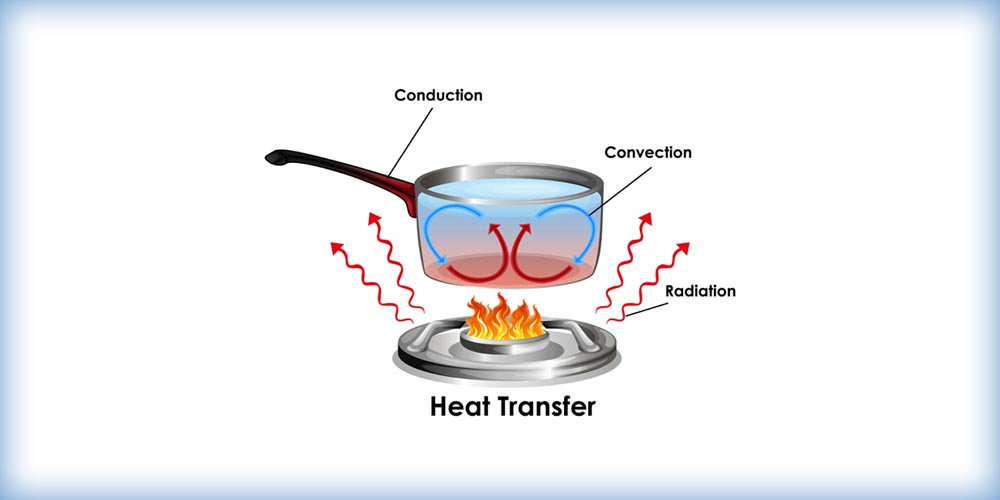What Homeowners Often Misunderstand About Insulation R-Value


You might think you know all there is to know about insulation R-Value, but there are a lot of misconceptions out there that could be clouding your judgment.
At RetroFoam, we're dedicated to providing homeowners with the knowledge they need to make informed decisions about their insulation options.
In this article, we'll tackle the commonly misunderstood concept of insulation R-Value, shedding light on its true significance and how it fits into the broader context of building science.
What is R-Value?
R-Value is a term that's thrown around a lot in the world of home insulation.
Simply put, it measures a material's ability to resist heat flow through conduction. However, this is a loose measurement and not the be-all and end-all for insulation effectiveness.
Conduction is the way heat moves through a material. For example, when you stir your hot coffee with a spoon, that heat conducts to the spoon’s handle and then to your hand.
The common mistake homeowners make is believing that R-Value is the sole factor in determining the quality of insulation. In actuality, R-Value is important, but it doesn’t take into account the air seal created by foam insulation.
What is R-Value for Insulation?
During testing, R-Value is measured in a controlled environment, where conduction is the only heat transfer method considered.
Thermal resistance, in this case, is the insulation material’s ability to resist heat transfer through conduction. Fiberglass and cellulose insulation can work to prevent conduction, but that’s not the whole story for all insulation.
This setting eliminates the impact of convection and radiation, leading to a skewed understanding of the material's overall performance.
In real-world applications, factors like air movement (convection) and external elements like wind and water play significant roles in a material's insulation efficiency.
Spray foam and injection foam insulation both stop conduction through touch and convection through air movement.
What is the Best R-Value for Insulation
While it's essential, R-Value shouldn't be the only criterion when choosing insulation.
For instance, fibrous materials, commonly used in insulation, become more conductive as temperatures drop.
In contrast, foam insulation becomes less conductive, offering better resistance in colder climates. Thus, the best R-Value varies depending on material and environmental conditions.
So, what is a good R-Value for insulation?
A good R-Value is contextual. It's not just about a high number; it's about how the material performs under different conditions.
The best insulation is one that addresses not only conduction (measured by R-Value) but also convection and radiation.
The Misconception of R-Value as the Sole Factor
The predominant error homeowners make is considering R-Value as the be-all and end-all answer to home insulation.
If your home is riddled with leaks or lacks a proper air seal, even the highest R-Value won't prevent energy inefficiency and an uncomfortable home.
It's crucial to think about the building envelope, which includes factors like air seal, cladding, and house wrap, alongside R-Value.
Insulation Beyond R-Value: A Holistic Approach
When evaluating insulation materials, think about how they handle convection and contribute to your building's envelope.
While radiant heat transfer is primarily managed by external materials like roof shingles and siding, both convection and conduction are directly influenced by your choice of insulation.
A Balanced View of Insulation Performance and R-Value
While R-Value is a significant aspect of insulation, it's not the only thing to consider.
As homeowners, it's essential to understand how various elements like conduction, convection, and radiation affect your home's energy efficiency.
By taking a more holistic approach to insulation, you can ensure not just a comfortable home but also an energy-efficient one.
Remember, building science is complex, but with the right knowledge and materials, you can significantly improve your home's insulation.
If you're ready to explore insulation options that address both convection and conduction effectively, visit our Find a Dealer page to locate your local RetroFoam dealer.
Related Articles
What is RetroFoam Injection Foam Insulation R-Value?
Understanding R-Value and U-Value: The Key to Efficient Insulation
About Eric Garcia
Eric brings his knowledge and training in building science, training in spray and injection foams from the manufacturers, more than eight years installing foam insulation, as well as selling and managing in the foam insulation industry. He is also BPI and Dale Carnegie certified and has taken several building science courses, including air sealing and building envelope. Eric is the Professor of Foam on our educational YouTube series Foam University. Even when Eric is off he is usually still “working” or thinking about work, but when he can get away he enjoys camping, hiking, hunting, and woodworking.



